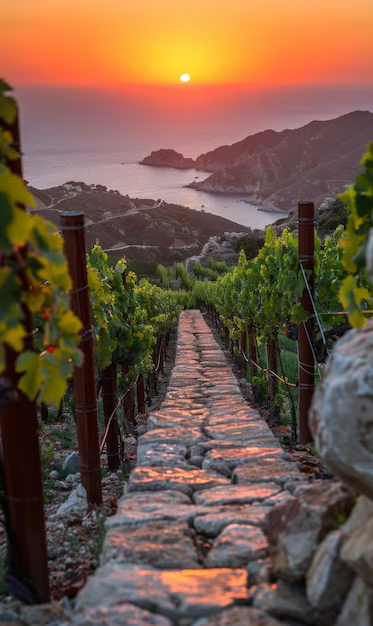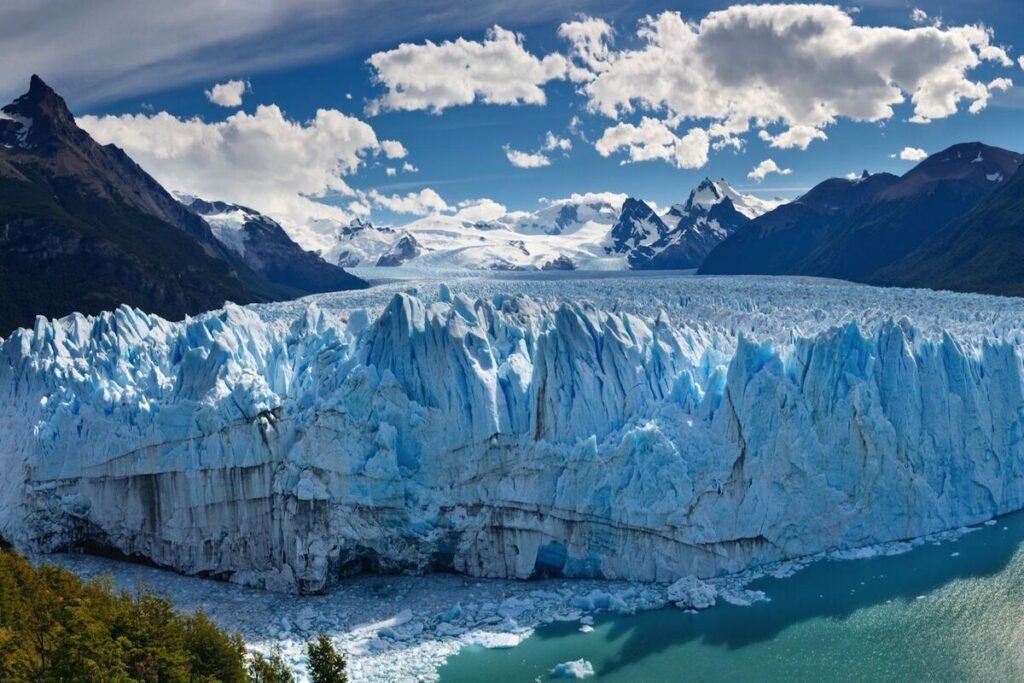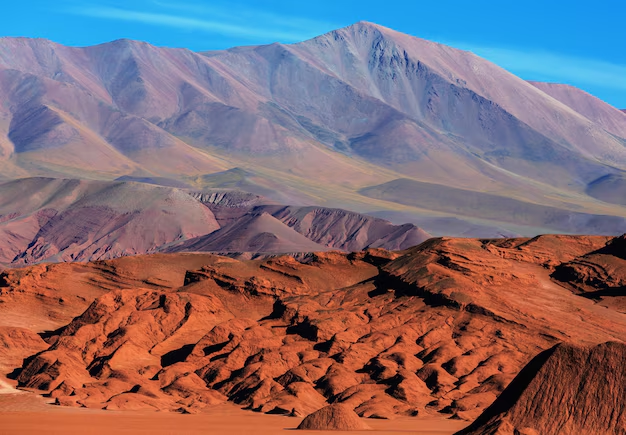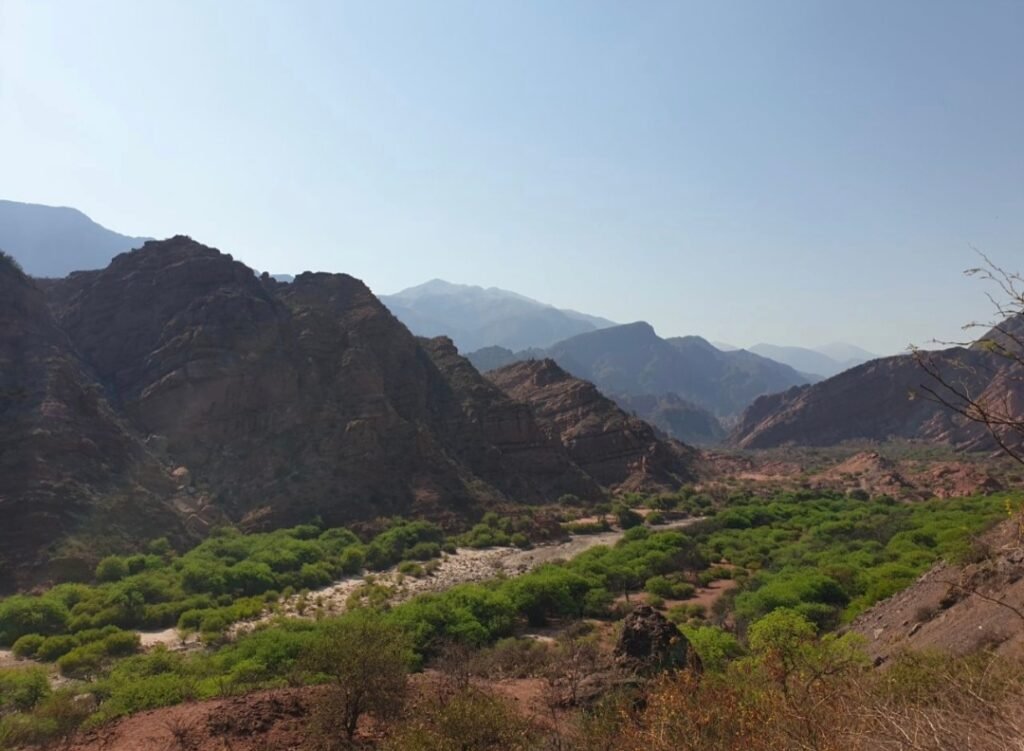This stunning country with vibrant cities, incredible national parks, where you can eat
innovative food in Buenos Aires, trek through Patagonia and enjoy a drink at “the end of the
world” in Ushuaia.

To do in Argentina
BUENOS AIRES
City and capital of Argentina. In the center of Buenos Aires is Microcentro, to the east is Puerto
Madero and west is Congresso. To the south is San Telmo and further south is La Boca. To the
north is Retiro and further north is Palermo, which is also bordered by Belgrano and Once.
Northwest of the city lies Recoleta.
SAN TELMO
Full of charm and personality, San Telmo is one of BA’s most attractive neighbourhoods, with
narrow cobbled streets and low-story colonial houses. This is where some of the first homes were built in the early years of the colony, and these elaborate mansions later became
conventillos (tenement housing) for European immigrants. Amid the melancholy of
homesickness and the merging of musical traditions in the shared patios of the conventillos,
tango music was born. Take a walk around; history oozes from every corner of this barrio.
RECOLETA AND BARRO NORTE
It’s easy to see how Buenos Aires could be called the Paris of the South in this grand
neighbourhood. Recoleta is where the rich live in luxury apartments and mansions while
spending their free time sipping coffee at elegant cafes and shopping in expensive boutiques.
Full of lush parks, grand monuments, art galleries, French architecture and wide avenues,
Recoleta is also famous for its cemetery.
LA BOCA
Blue collar and raffish to the core, La Boca is very much a locals’ neighbourhood. Its colorful
shanties are often portrayed as a symbol of Buenos Aires, while El Caminito is the barrio’s
most famous street, full of art vendors, buskers and tango dancers twirling for your spare
change.
PALERMO
Palermo’s large, grassy parks – regally punctuated with grand monuments – are popular
destinations on weekends, when families fill the shady lanes, cycle the bike paths and paddle
on the peaceful lakes. The sub-neighbourhood of Palermo Viejo (itself subdivided into Soho
and Hollywood) is home to dozens of restaurants, bars, nightclubs and shops, along with the
city’s largest selection of boutique hotels.
To do in Buenos Aires
PALACIO BAROLO
One of Buenos Aires’ most beautiful monuments, this 22-story building has a unique design
inspired by Dante’s Divine Comedy. Its structure is divided into hell, purgatory and heaven; its
height (100m) is a reference to each canto (song); and the number of floors (22) mirrors the
number of verses per song. Dreamt up by the Italian architect Mario Palanti, Palacio Barolo
was the tallest skyscraper in South America when it was completed in 1923.
TEATRO COLON
Occupying an entire city block, this impressive seven-story theater is one of BA’s most
prominent landmarks. It’s the city’s main performing arts venue, and with astounding
acoustics, it’s a world-class forum for opera, ballet and classical music. The Colón can seat
2500 spectators and provides standing room for another 500. Get hold of tickets to a
performance, if you can, or take one of the frequent 50-minute backstage tours to view the
stunning interior, the costume department, and ballerinas’ dressing rooms.
PLAZA DE MAYO
Surrounded by the Casa Rosada, the Cabildo and the city’s main cathedral, Plaza de Mayo is
the place where Argentines gather in vehement protest or jubilant celebration. At the centre is
the Pirámide de Mayo, a white obelisk built to mark the first anniversary of independence from
Spain.
EL CAMINITO
La Boca’s most famous street and ‘open-air’ museum is a magnet for visitors, who come to see
its brightly painted houses and snap photographs of the figures of Juan and Eva Perón, Che
Guevara and soccer legend Diego Maradona, who wave down from balconies. (Expect to pay a
few pesos to take pictures of tango dancers or pose with props.) Sure, it could be called a
tourist trap, but don’t let that put you off.
MENDOZA
The city of Mendoza is located in the northern-central part of the Mendoza province, at the
foot of the Andes Mountains, a lively city with green avenues and trendy cafes. The capital of
Argentina’s winelands, a perfect destination for sybarites, foodies and adventure seekers.
TO DO IN MENDOZA
Walk around the main square Independence Plaza. Two blocks away from other four smaller
plazas, San Martín, Chile, Italia, and España.
Visit the Museum of the Foundational Area, inaugurated in 1993, the museum is located in the
exact same place where the Spanish captain Pedro Del Castillo founded Mendoza city. It’s
located in the historical centre of the Old City. It is an archaeological museum which contains
pictures that exhibit the historical evolution of the city
Discover the Basilica of St. Francis, the Basilica has a great architectural value. It houses the
treasured remains of Merceditas, (José De San Martín ́s daughter) and her husband Mariano
Balcarce. The Basilica was declared a National Historic Monument in 1929. It carries the image
of Nuestra Señora Del Carmen de Cuyo.
Shop at The Central Market, this market is the oldest shopping center in Mendoza. Its
construction dates back to 1884. Aside from retail outlets, it has a nice food court with
different culinary options and traditional fruits and meats.

Southern Argentina

BARILOCHE
A city about 994 mi (1,600 km) southwest of Buenos Aires, is the entry point to the Argentine Patagonia. Known as Argentina ́s chocolate capital, located in Argentina’s Río Negro province, Bariloche is a city surrounded by thousand-year-old forests, mountains covered in snow and crystal-clear lakes. It’s quintessentially Patagonian. A city that is home to excellence and surrounded by some of the country’s most beautiful natural spots.
TO DO IN BARILOCHE
Stunning natural beauty: Nestled amidst the Andes mountains and by Lake Nahuel Huapi,
Bariloche offers breathtaking landscapes and outdoor activities. Array of outdoor adventures:
The region boasts skiing, hiking, and water sports, making it an ideal destination for adventure
enthusiasts.
EL CALAFATE
The beautiful City of El Calafate is the access to the fascinating world of Los Glaciares National
Park. Los Glaciares National Park occupies an area of about 500 thousand hectares and 47
glaciers start at this large ice field. Marconi, Viedma, Moyano, Upsala, Agassiz, Bolado, Onelli,
Peineta, Spegazzini, Mayo, Ameghino, Moreno and Frías are some of the most important.
El Calafate lies 316 kilometres away from Río Gallegos, capital of the Province of Santa Cruz,
and it has been named after the small bush called calafate, typical of southern Patagonia,
which bears an ideal fruit to make jam.
TO DO IN EL CALAFATE
On the border of the Patagonian steppe, the village is an important tourist destination that has
become worldwide famous in the last few years. Most circuits towards the glaciers start in the
town, especially the well-known Perito Moreno Glacier which is together with the Iguazú Falls,
one of the most renowned Argentine natural wonders.


PERITO MORENO
The mighty Perito Moreno glacier is one of the most spectacular sights in Argentine Patagonia.
Located in the Los Glaciares National Park, the Perito Moreno glacier is one of the largest of
the 48 glaciers emanating from Patagonia’s Southern Ice Field.
TO DO IN PERITO MORENO
Firstly, important to mention that Perito Moreno glacier and Perito Moreno town are completely
different places. The Perito Moreno glacier isn’t in Perito Moreno – in fact, the glacier’s
namesake lies 600 kilometres north of the national park. The small village of El Calafate, is the
closely village, approximately 78 kilometres to the west of Perito Moreno glacier.
Full-Day Tour to the Perito Moreno Glacier with optional Boat Safari.
Visit to the Perito Moreno Glacier and the Perito Moreno Sole.
USHUAIA
Ushuaia, city, capital and port of Tierra del Fuego province, Argentina, on the Beagle Channel.
It lies on the main island of the Tierra del Fuego archipelago it’s the southernmost city in the
world. The region is known for its stunning landscapes, including mountains, glaciers, and forests.
TO DO IN USHUAIA
Outdoor activities such as hiking, skiing, and fishing.
Unique location: exploring Ushuaia provides a sense of adventure and the opportunity to explore a remote and isolated part of the world.
Visit Tierra del Fuego National Park.
Other memorable activities include seeing penguins on
Martillo Island and cruising Beagle Channel.

Northern Argentina
Not only is that down to the incredible landscapes, the strong cultural traditions, beautiful
wine of the region and mouth-watering food but also to the fact that this part of Argentina is
still considered off the beaten track although well known to the Argentinians themselves,
they’ve been keeping this remote region, which borders Bolivia, a secret for ages, but that is
changing year after year.
TO DO IN NORTHERN ARGENTINA
Enjoy watching the wildlife and experience horseback riding along marshes. Fly to the jungle
and enjoy a boat trip to immense falls. Visit the gleaming salt flats near Salta. Try tamales,
drink delicious wine, and meet the locals in traditional peñas.

SALTA
Salta refers to both: the name of the Argentinian province, as well as this province’s capital. As
such, Salta is both a region and a city.
Located in the subtropical north, an altitude of 1,200 meters up in the mountains in northern
Argentina. You can visit Salta as a launching point for the nature and small towns and also to
appreciate its own charms and sights that are worth seeing too.

TO DO IN SALTA
Cerro San Bernardo, from up there, you will have stunning panoramic views of Salta. The path up the hill begins behind the Güemes Monument, and the cable car leaves from Parque San Martín. Sunrise or sunset are a must.
La Quebrada de San Lorenzo, this park is full of hiking trails and nature activities. Right after a
day of exploring, try the restaurant at the main entrance, delicious empanadas (meat pie) are a must as well.
QUEBRADA DE HUMAHUACA Located in the province of Salta, is a 14 coloured mountain it
looks just like a rainbow mountain! Formed by minerals in the rock, this spectacle with such
vivid colours is amazing, situated just a short drive from the town of Humahuaca (meaning you
can visit in a few hours as opposed to a whole day) and is absolutely one of this country greatest marvels.


KAFAYATE
Wine tasting in Kafayate, a well-known town for its amazing and famous wine-growing.
IGUAZÚ FALLS
The Iguazu National Park is shared with Argentina and Brazil, one in Puerto Iguazu city and the
other in Foz do Iguacu respectively. This National Park is a UNESCO World Heritage Site
declared in 1984.

TO DO IN ARGENTINIAN SIDE OF THE FALLS
DEVIL ́S THROAT TRAIL
This trail is the main attraction of the National Park. From there you will witness the most impressive fall and see it from above, making a unique and unrepeatable experience.
During your visit to the National Park, there is a great adventure activity combining the gorgeous landscape of the jungle and the waterfalls.
This tour consists of an eco truck ride into the jungle, which will be accompanied with a specialist bilingual guide and will teach you about
the fauna and flora we can find in this rainforest.
Arriving at its dock, you will board the boat to enjoy this unrepeated experience. The boat will ride under the falls, making all passengers get wet and soaked.






